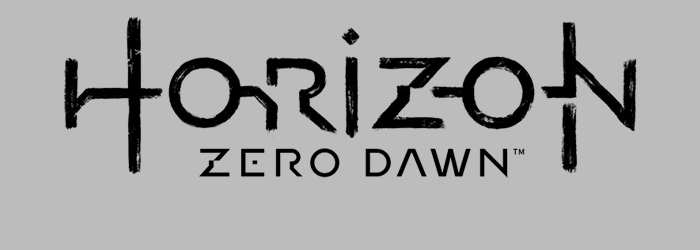- Genre: 3D Platformer
- Platform: PS4
- Also Available On: Steam (Linux, Mac, Windows), Xbox One, Switch
Hit or miss is the best way I can describe Yooka-Laylee. The team of ex-Rare developers clearly recognizes what made Banjo-Kazooie a good game, but at the same time it feels like they never did anything to pass that mark, and in trying to aim at nostalgia, they also didn’t fix many of the original flaws. I got through the bulk of the first two worlds, as well as their expanded forms, and while there was definitely some fun to be had, the amount of boring fluff content, and somewhat subpar writing never really gave me a drive to plow through the slower areas of the game to see the better parts. The unfortunate thing is that there is some flashes of good here, but they tend to be balanced out by negatives at the same time.
While the various jump mechanics feel good and have a nice weight to them, the camera’s inability to not get in your way means a lot of missed jumps. Even in areas where the camera is fixed, the sometimes strange angles and FOV selection ended up causing severe depth perception issues. The most unfortunate thing is that the game is drop dead gorgeous, but I spent so much time fighting the camera that I never could really be at a point where I could fully enjoy it.
While the boss fights I did tended to be a lot of fun when I was doing them correctly, odd design choices on how damage occurs often frustrated me. As an example, the World 1 boss involved leaping over rolling logs on a slope, where hitting a log would have you slide back down to the bottom. All that was fine, but hitting a log at the top would still leave all the logs I had passed, and I could receive damage on my way back down while being significantly less controllable while sliding.
Individually some of the pages were in areas where puzzle or combat segments could be fun, but an equal amount simply involved using the duo’s powers to very slowly get up a path with little to no resistance. The fact that the worlds are leveled up, rather than simply doing a larger spread of smaller worlds means that there’s a significant amount of retread through the environments. Worst of all were the arcade games, which while curious, did not need to be given multiple pages to force replays.
I think if there’s anything that I found the most surprising, it’s that the writing was just not that good. Banjo-Kazooie, Donkey Kong 64, or Conker’s Bad Fur Day were all examples of games out of Rare that, while goofy, had entertaining and solid writing. The writing in this game seems to just lean on puns and self-referential one liners, a lot of which are not going to stand up 5-10 years from now. It feels like they turned the humor knob of Conker too far, giving a story that even in the section I played never coalesced into something worth pushing me forward.
I’ve seen a lot of people saying that this game proves that 3D platformers are dead, but I’m not convinced. I think this game just missed the mark. Even if we just look at core 3D platformers since Rare’s heyday, we have games like Jak & Daxter, the Sly Cooper series, Mario Galaxy, or the Skylanders titles. We can even stretch from there and go into the heavy weapon action of the Ratchet & Clank games bringing new twists on the genre. I suspect there’s a lot of life left in this stlye of platformer, but sitting on nostalgia just isn’t doing it, particularly if the problems of the original games are just going to be ignored.


